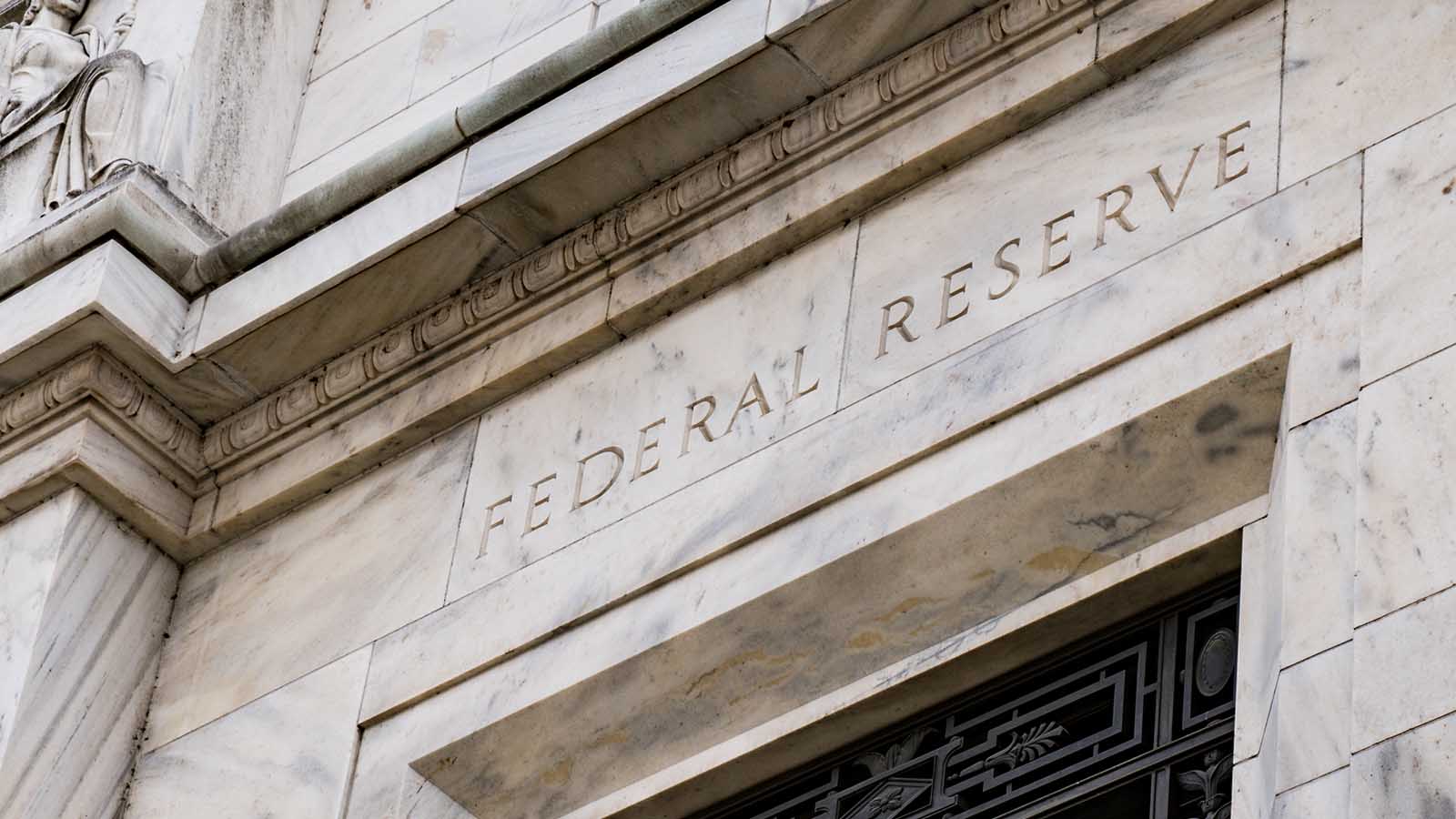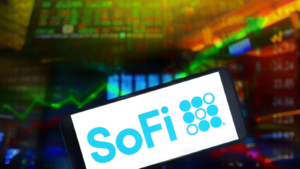
At the time of this writing, the market is at a “will they or won’t they” crossroads. Most investors’ are wondering if the Federal Reserve will increase interest rates at its December 2023 meeting or pause. Recent market activity suggests that a Fed rate hike pause is a near certainty. But a hotter-than-expected reading on the Fed’s preferred Personal Consumption Expenditure (PCE) index could turn that certainty into concern.
But what the heck, it’s the holiday season. Let’s be cheerful and presume the rate of inflation continues to move back towards the Fed’s preferred 2% target. That would likely be enough to keep Fed Chair Jerome Powell content to leave interest rates at their higher-for-longer levels.
That also means the newly coined “everything rally” that started at the beginning of November would continue and perhaps broaden out into 2024.
If that’s the case, now is the time to look at stocks to buy on the back of a Fed rate hike pause. Here are three candidates for you to consider.
Microsoft (MSFT)

Microsoft (NASDAQ:MSFT) is one of the “Magnificent 7” stocks that kept the broader market stable during a volatile year. Yet even MSFT stock wasn’t immune from the volatility that gripped the market in September. The stock dropped about 10% in that time.
But as the saying goes: “that was then, this is now”. Microsoft has been one of the stocks leading the stock market rally, thanks to the company’s investment in the growth of generative AI.
The market began to sour on tech stocks that were promoting AI over concerns about monetization. One way Microsoft is addressing this issue is by making its own in-house AI chips. While these chips won’t put the company in direct competition with Nvidia (NASDAQ:NVDA), it will allow Microsoft to run and optimize the company’s cloud and AI architecture so clients can use AI more efficiently.
SoFi Technologies (SOFI)

In 2022 and the better part of 2023, SoFi Technologies (NASDAQ:SOFI) couldn’t catch a break. Interest rates were rising in an effort to tamp down inflation. And the Biden administration was intent on forgiving all, or a hefty percentage, of student loans.
Rising interest rates affect SoFi, but less borrowing and lending is a reality even the big boys have to deal with. The student loan moratorium was acutely felt by SoFi, which built its brand on helping refinance student loans.
But SOFI stock is up 11.5% in the last month as student loan repayments have resumed. As David Moadel wrote for InvestorPlace, rising interest rates would be a key stumbling block for the stock.
Nevertheless, with the bank reporting a record number of 717,000 new member additions in the third quarter, and with a Fed rate hike pause more likely, risk-tolerant investors should see more upside in SOFI stock.
D.R. Horton (DHI)

D.R. Horton (NYSE:DHI) has been on a tear in November and is trading near its 52-week high set in the summer. The resilience of homebuilder stocks, including DHI stock, in the face of rising interest rates is one of many seeming contradictions for investors in 2023.
But the issue is one of supply and demand. As individuals had the freedom to live and work wherever they wanted to, many decided that it was time for a change. But that doesn’t mean they had a home waiting for them.
The law of supply and demand dictates that new construction in many markets, particularly in the Southeast, one of the areas where D.R. Horton operates, is booming. The homebuilder has a business model that allows the company to turn homes quicker to keep inventory levels low. And the average price of a D.R. Horton home is about 10% below the national median price of $422,000.
It goes to show you that when it comes to interest rates, the known is better than the unknown. If you need a place to live, the interest rate is what it is. That fact may bring in value investors who scratched their heads at Warren Buffett’s decision to buy DHI stock earlier this year.
On the date of publication, Chris Markoch did not have (either directly or indirectly) any positions in the securities mentioned in this article. The opinions expressed in this article are those of the writer, subject to the InvestorPlace.com Publishing Guidelines.







